Explore each collection of NOAA videos, lesson plans, webinars, web stories, virtual reality, and much more. We encourage formal and informal educators and other interested people to take advantage of the robust background information and educational materials available in each topically-based collection.
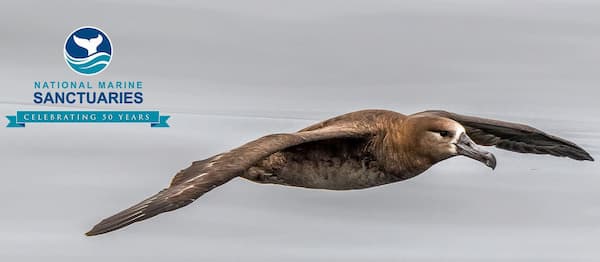
Birds are a vital part of marine ecosystems and valuable indicators of ecosystem health. The protected areas of the National Marine Sanctuary System serve as pit stops for many species of migratory bird, offering rest and food along their travels.
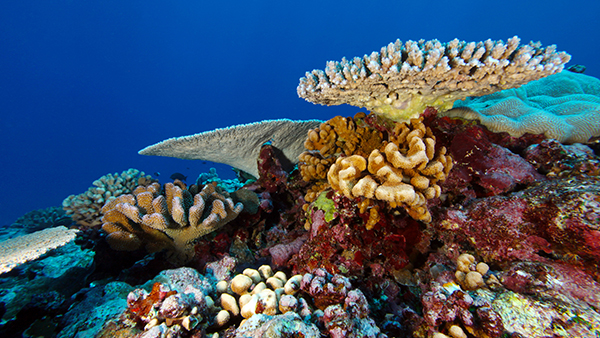
Coral reefs are one of the most important ecosystems on our planet that protect and foster biodiversity. The diversity of locations and reef types makes this system unique and allows for valuable comparisons of reefs from differing biogeographic regions and of differing levels of use. Explore this collection of NOAA webinars, lesson plans, posters, videos, infographics, virtual reality, and more learn about coral reef ecosystems and NOAA Office of National Marine Sanctuaries' efforts within the sanctuary system to preserve them and limit the impacts they face.
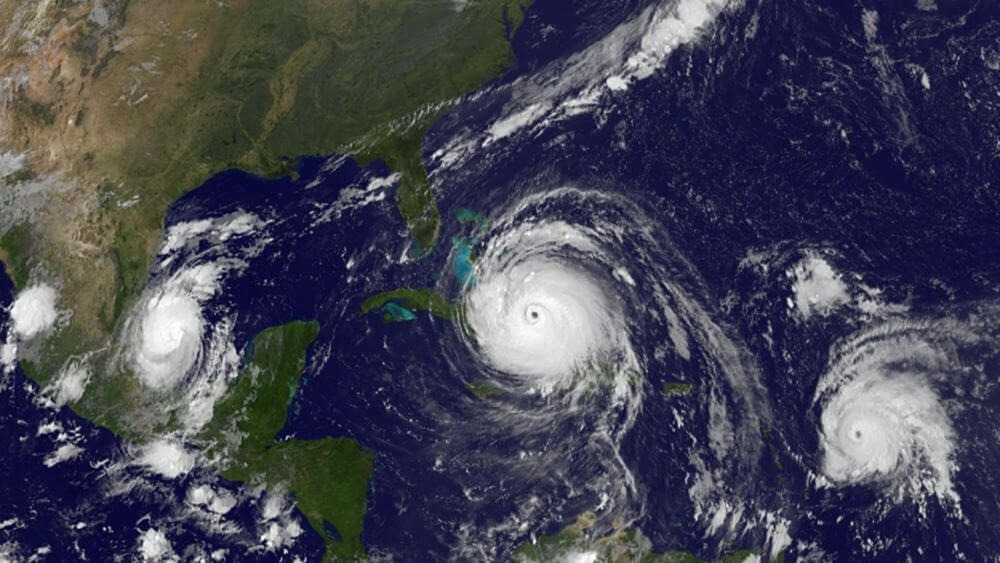
Changing weather patterns and storm events, warming seas, ocean acidification, and sea level rise, are becoming more prevalent across sanctuary communities. Changing ocean conditions will affect national marine sanctuaries, their communities, and the overall health of the ocean, which is vital to our quality of life. Explore a collection of NOAA videos, lesson plans, posters, webinars, virtual reality, and more to gain a deeper understanding of how our ocean is changing and how we can build resilience to the challenges these changes create.
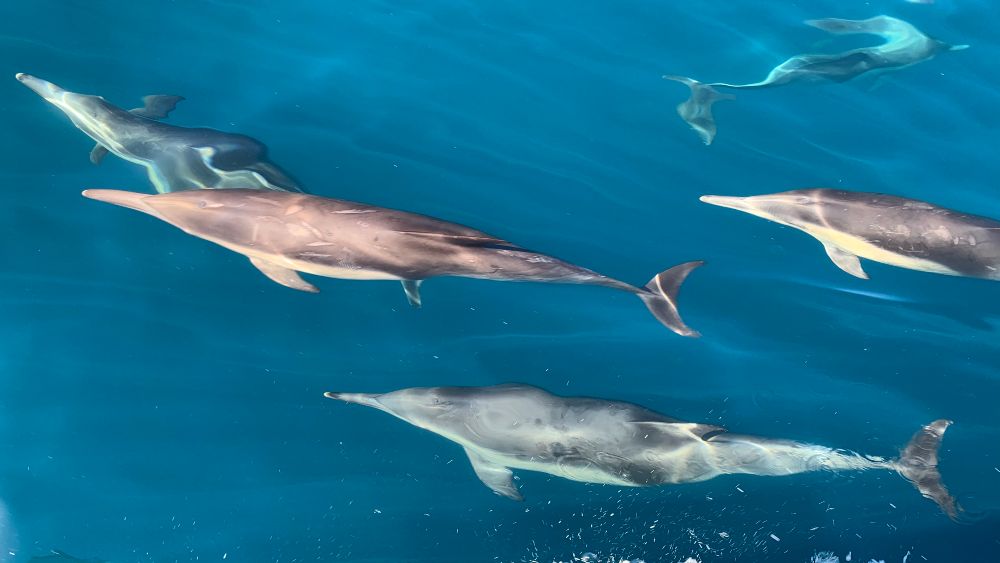
Learn more about the intelligent mammals that inhabit our ocean, the problems they face, and their importance in the marine ecosystem. Read to explore NOAA’s efforts to protect dolphin populations and how national marine sanctuaries benefit dolphins.
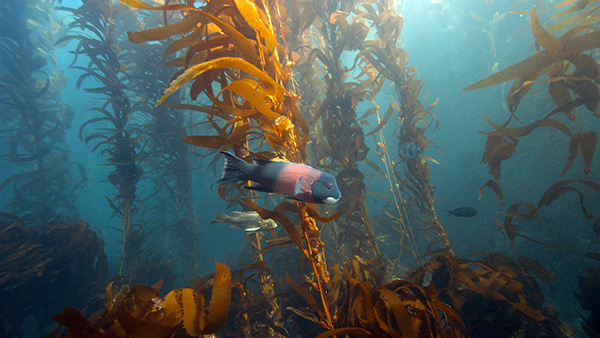
Kelp forests are an important ecosystem that support a variety of species and grow predominantly along the Eastern Pacific Coast, from Alaska and Canada to the waters of Baja, California. Kelp forests can be found in four of our national marine sanctuaries along the West Coast of the United States. This collection has compiled wide-ranging resources from lesson plans, webinars, web stories, virtual reality videos, and more. You are invited to learn more about the importance of Kelp Forest Ecosystems, NOAA’s efforts to manage and conserve them, the species that call these forests home, and the threats kelp face.
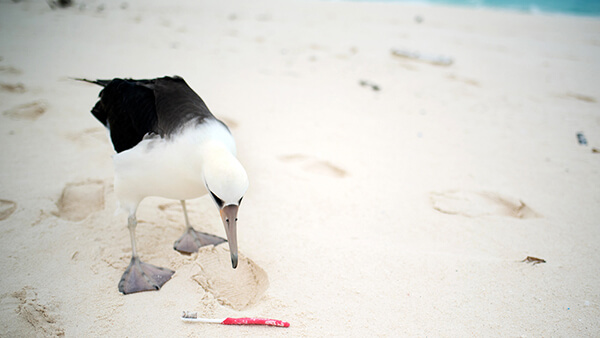
Materials like consumer plastics, metals, rubber, paper, textiles, lost fishing gear, vessels, and other lost or discarded items can easily end up in the ocean, where it becomes marine debris. Marine debris threatens the ocean and its resources, the economy, and safe navigation. Animals like turtles, marine mammals, birds, and other creatures can die when they accidentally swallow or get tangled up in marine debris. These materials can also crush sensitive habitats like seagrass beds or coral reefs. All national marine sanctuaries face the challenges of marine debris and the harmful impacts that come along with managing this problem. This collection features resources related to the problem of marine debris, NOAA and sanctuary system programs, and the solution to pollution.
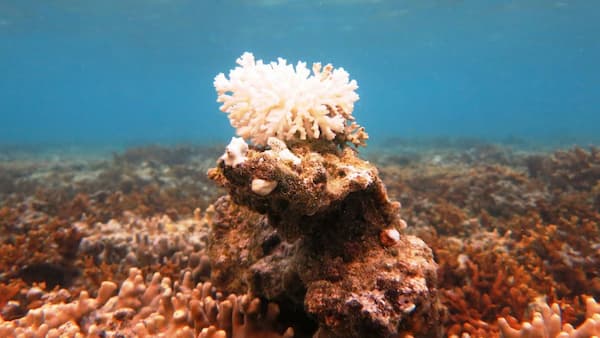
The ocean absorbs the extra carbon dioxide we emit into the atmosphere when we burn fossil fuels, like coal, oil, and natural gas, and that changes the chemistry of the ocean. We call this “ocean acidification.” The change in chemistry is reducing the amount of calcium carbonate in the ocean. Just as humans need calcium to build their bones, sea creatures need calcium carbonate to build strong skeletons and shells. Ocean acidification changes the chemistry of the ocean and causes “osteoporosis of the sea,” which prevents animals at the bottom of the food chain from building and maintaining the protective shells they need to survive.
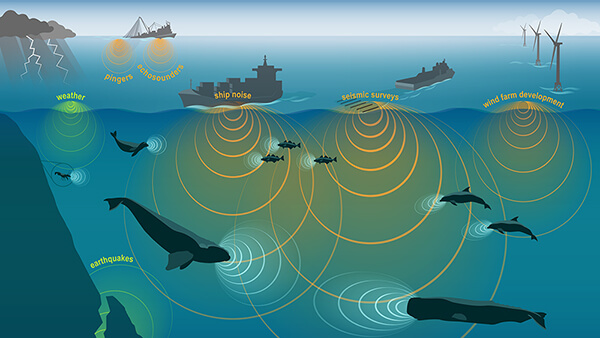
Sound is critical for the survival of many marine animals because it is a primary means of communication, orientation and navigation, finding food, avoiding predators, and choosing mates. As such, human activities that produce sound underwater have the potential to negatively impact animals by reducing their ability to hear prey, predators, and each other. Explore a collection of NOAA lesson plans, webinars, web stories, videos and more to learn about noise in the ocean and NOAA’s efforts to monitor and understand underwater sound in the National Marine Sanctuary System.
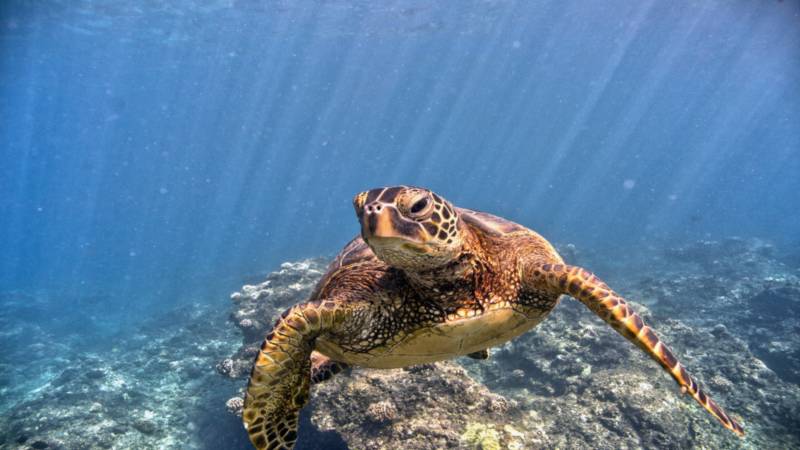
Sea turtles are a key part of marine ecosystems worldwide, but they face many threats today. Explore a collection of NOAA webinars, a virtual reality dive, lesson plans, videos, posters, web stories, and more to gain a deeper understanding of sea turtle species and NOAA's efforts within the sanctuary system to protect them and limit the threats they face.
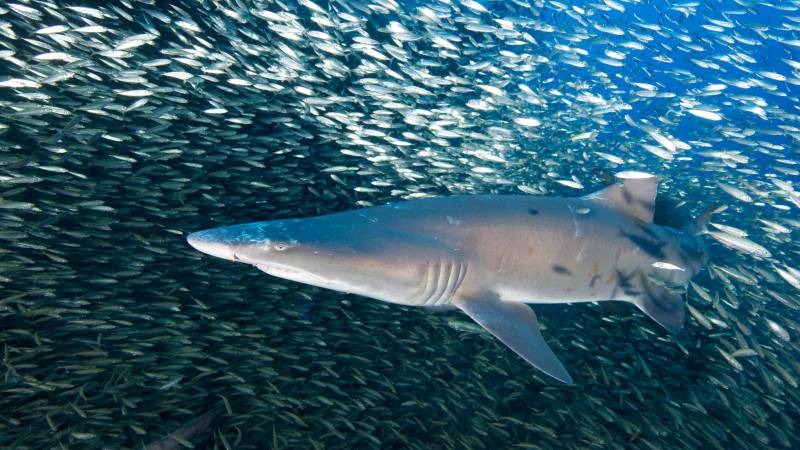
Learn about one of the ocean’s top predators—sharks—and their critical role in maintaining the marine ecosystem. This collection features NOAA Office of National Marine Sanctuaries resources for everyone to explore NOAA’s efforts to research and conserve shark populations, how sharks support the sanctuary system, and more.
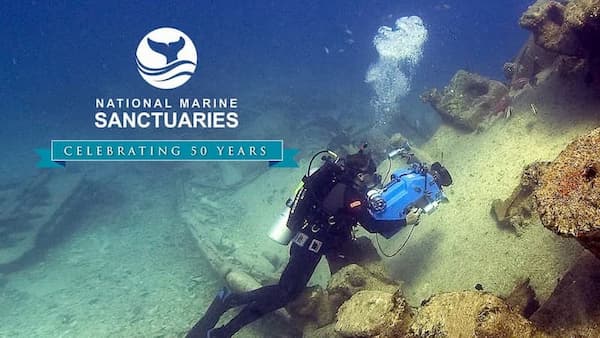
NOAA's Office of National Marine Sanctuaries staff study, interpret, and protect shipwrecks as places to explore, discover, and appreciate our country's maritime legacy. Shipwrecks are a key aspect in understanding the maritime heritage of the United States and can help us learn more about our past. These shipwrecks not only help Americans learn more about our country's past, but provide education, tourism, and recreational opportunities as well.
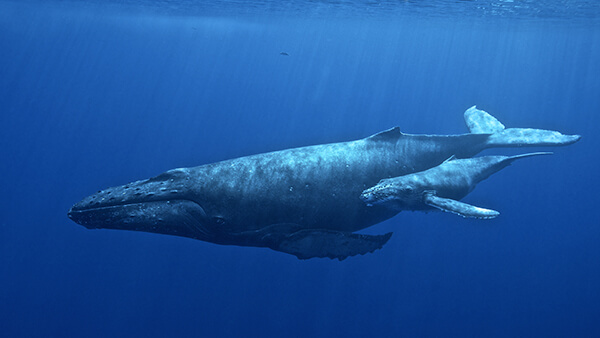
Whales can be found around the world from Alaska to Hawai`i to the Gulf of California. Explore a collection of NOAA videos, lesson plans, posters, webinars, web stories, virtual reality, and more to gain a deeper understanding of whale species and NOAA's efforts within the sanctuary system to protect them and limit the threats they face.